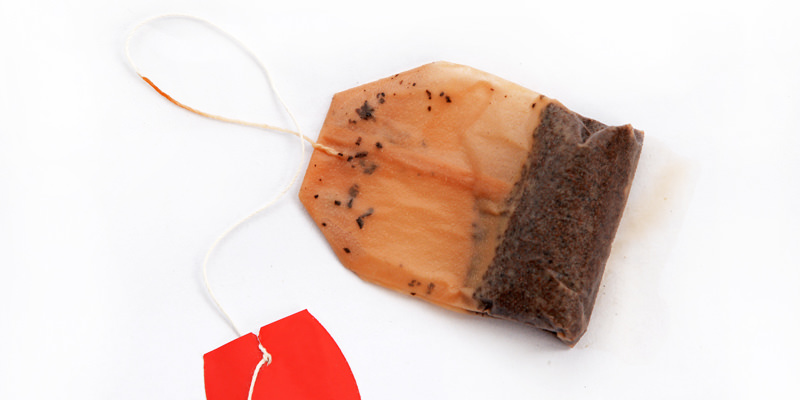It’s a problem that plagues many wine drinkers, you enjoy red wine, but aren’t a fan of tannins – the compound that creates a drying sensation in your mouth, like when you over-brew black tea. For some of you, the natural histamines that go along with it may even create an allergic response. So what to do? While you could swear off red wine and stick to white, there’s actually no need, because depending on how the wine was made and what grapes were utilized, you can easily find a red wine to enjoy that is low in tannins. Here are our recommendations:
Look to Varietals With More Delicate Skins
Because red wine receives the majority of its tannins from the grape’s skins, where it also receives its color, the thinner the skin, the less tannin it has to impart in the wine. Pinot Noir is the go-to in this category, delivering light, fresh flavors with relatively low tannins.
Even better than Pinot Noir, if you can find it is Gamay, the grape that also hails from Burgundy and is more often found under the name of the region it calls home, Beaujolais. These wines are light, bright and refreshing, delivering flavors of fresh red berries along with smooth, supple tannins.
Head To Mt. Etna
The wines of Mt. Etna, particularly Etna Rosso and Frappato, are currently all the rage. While they are still a bit tough to find, as more people discover these Pinot-esque delights, you’ll see them more and more. These are wines that are not only low in tannins, but also delicious with a slight chill.
Grab A Barbera Or Dolcetto
While most people know of Piedmont for its famed Barolo and Barbaresco, Dolcetto and Barbera are delicious wines loved by the locals that are perfect for someone looking for a wine with a lower-tannin profile. Dolcetto is a light, soft wine that is usually drunk young and is always aged in stainless steel – you’ll see why this matters in a moment – while the plentifully planted Barbera exhibits flavors of bright red cherries along with low tannins and a rounded profile.
Stick To Wines Not Aged In New Oak
While tannins can be found most easily inside the grape’s skin, seeds and stems, oak also includes tannin, and that means the newer the oak, the more likely it is to impart this mouth-drying compound into the wine. Often the wines that are aged in new oak are typically bigger reds such as Cabernet, Merlot or Syrah, which are already full of their own natural tannins, so by avoiding the wines already known for being higher in tannins, you should be ok. But it never hurts to ask if you’re concerned.

